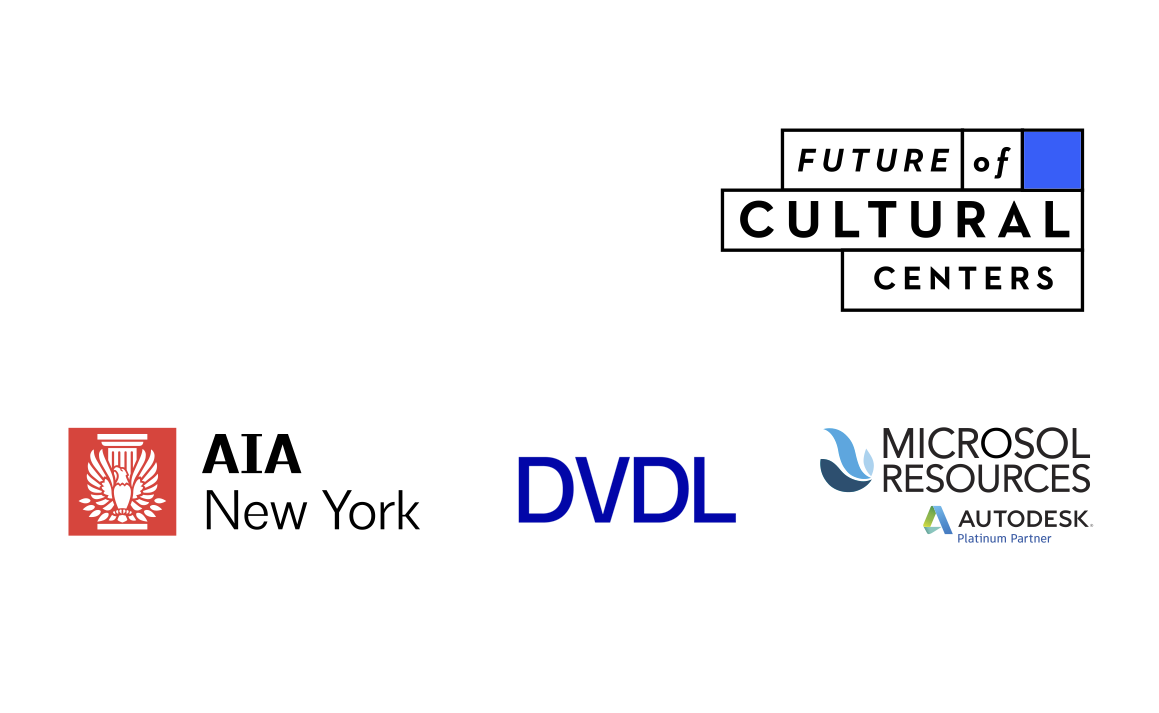Press Release
Natural Allies: A Conversation on Science and Culture with Scott Cooper
ANS, Cooper notes, is “practically as old as America itself,” but beyond serving as a site for the safe keeping of its 18 million specimen collection, it is a research institution that brings its collection to “vivid and immediate life… through [the] creation of new knowledge.” Only about 5% of museum collections are typically on display at any given time. Still, Cooper was careful not to overstate the importance of simply showing more objects. “In many ways, [maintaining the collection is] the least important bit of what we do.” The unique hybrid function of ANS “is a toehold into what I think is a different type of future” of “participatory, inclusive, co-generative research.”
Increasing the public’s access to valuable knowledge, in Cooper’s eyes, has more to do with giving them more access to the scientists, rather than just a larger share of the collection. This is simply a factor of how people develop relationships to different topics, through storytelling: “I can put 10 people in front of one of our amazing paleontologists for example, and four of them will be fascinated by the paleontology, but ten of them will be fascinated by the paleontologist.”
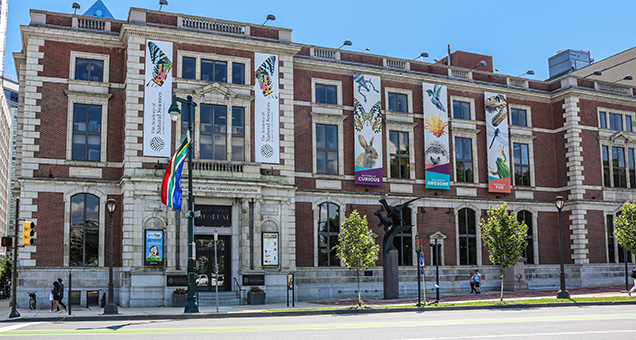
The Academy of Natural Sciences of Drexel University, Image Courtesy of ANS
Every institution has a back- and front-of-house, yet David and Scott both expressed some certainty in the notion that the most compelling museums of the future will largely do away with this distinction. Scott shared with us the programmatic paradigm that he would like to move ANS towards, where visitors “enter a space and feel part of it in its totality… [where] all of that content, all of that knowledge, all of that activity, all those collections are integral to [the] experience.”
Specimens and objects are fascinating in their own right, but the unique power of institutions like ANS is to provide context, insight into how scientists think and encounter problems, and opportunities for collaboration among scientists, storytellers, and people of all interests. Especially when we consider the worsening state of the global environmental crisis that we’re facing, making the natural sciences more immediate to the average person is an urgent matter.
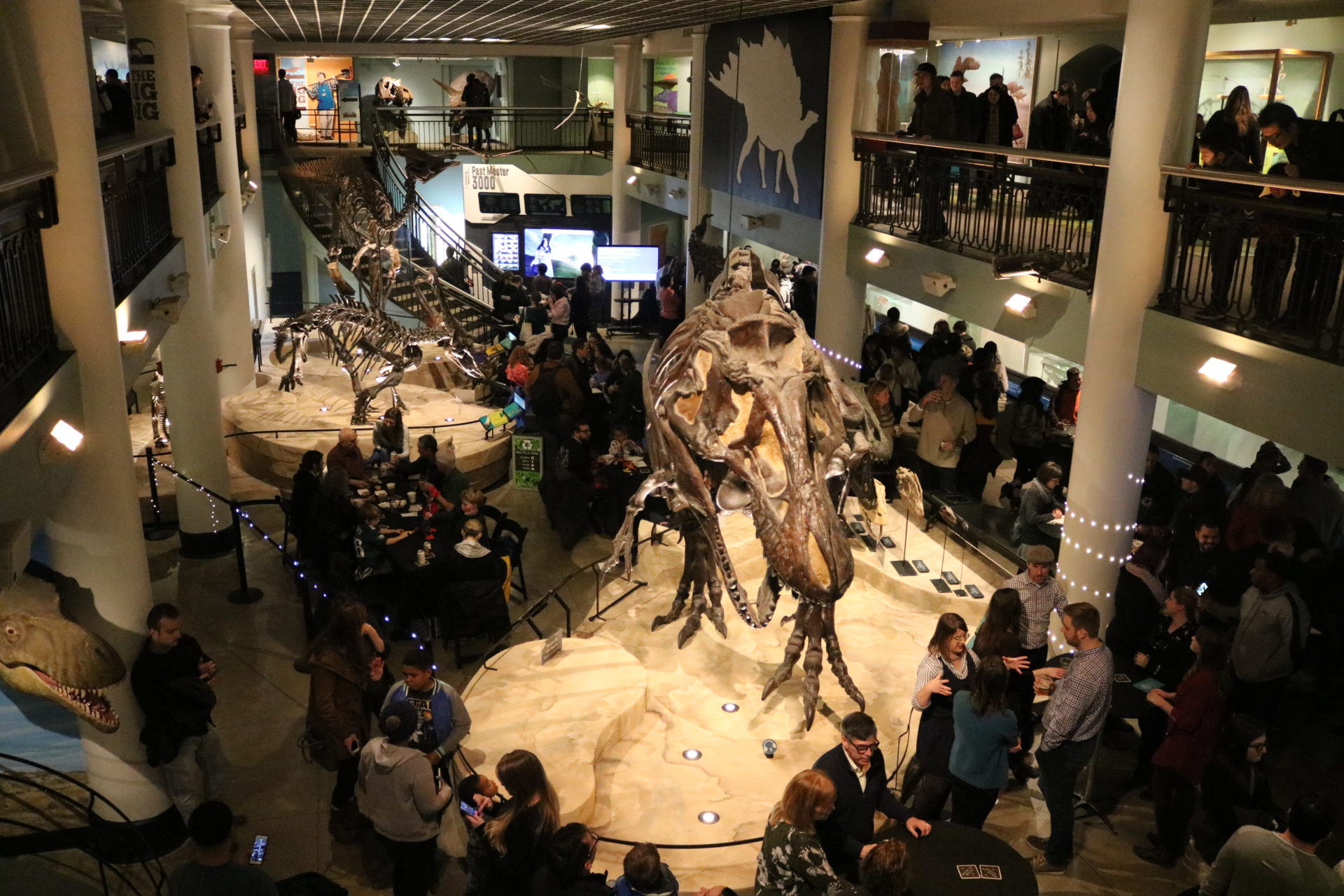
Visitors enjoy The Academy’s monthly Dinos After Dark program, a pay-as-you-wish admission and cash bar and snacks. Image- Mike Servedio, courtesy of ANS.
While there are institutions whose activity is mostly in the “cultural” realm, hybrid institutions like ANS might urge us to consider the cultural dimensions of institutions that are not primarily “cultural institutions.” The intersection of environmental science and social justice is a clear example of this, but this even extends to ANS’ funding structure. The topic of impact-driven institutions figured heavily into our conversation with Scott. David noted that younger generations are tending to be less philanthropic than previous ones and asked Scott what he forsees will come of this trend. He replied that institutions will have to demonstrate their ability to deftly manage a higher volume of smaller investments rather than a handful of very large donations: “Frankly, I think it’s massively overdue.”
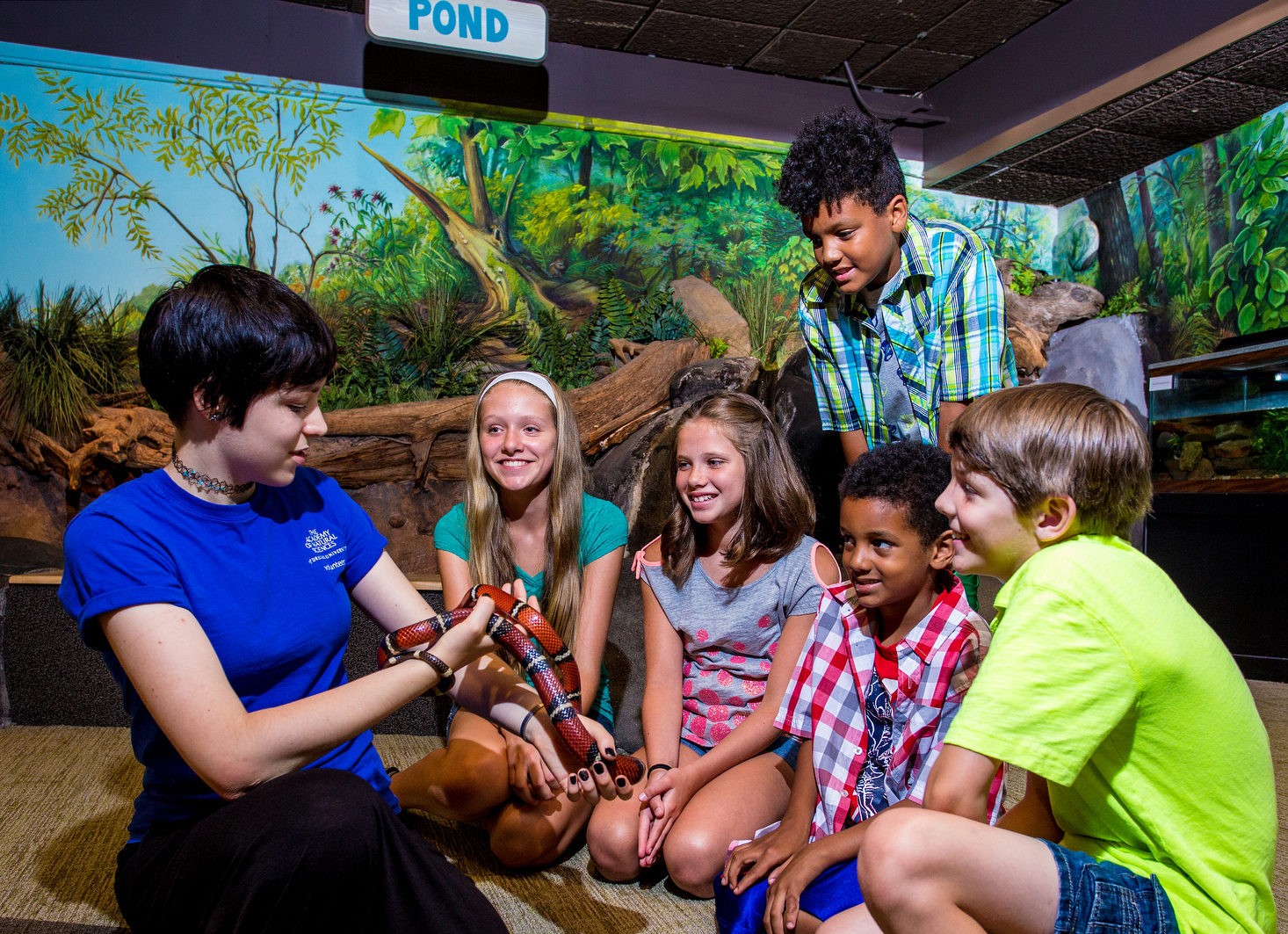
Young visitors listen to a guided lesson Image by Jeff Fusco, Courtesy of ANS
Speakers:
Scott Cooper, PhD, President and CEO, The Academy of Natural Sciences of Drexel University
David van der Leer, Principal, DVDL
Scott Cooper is an international museum professional and heritage preservation scholar. He has spent more than two decades protecting, transforming and promoting cultural sites and institutions around the world. He is President and CEO of the Academy of Natural Sciences of Drexel University.
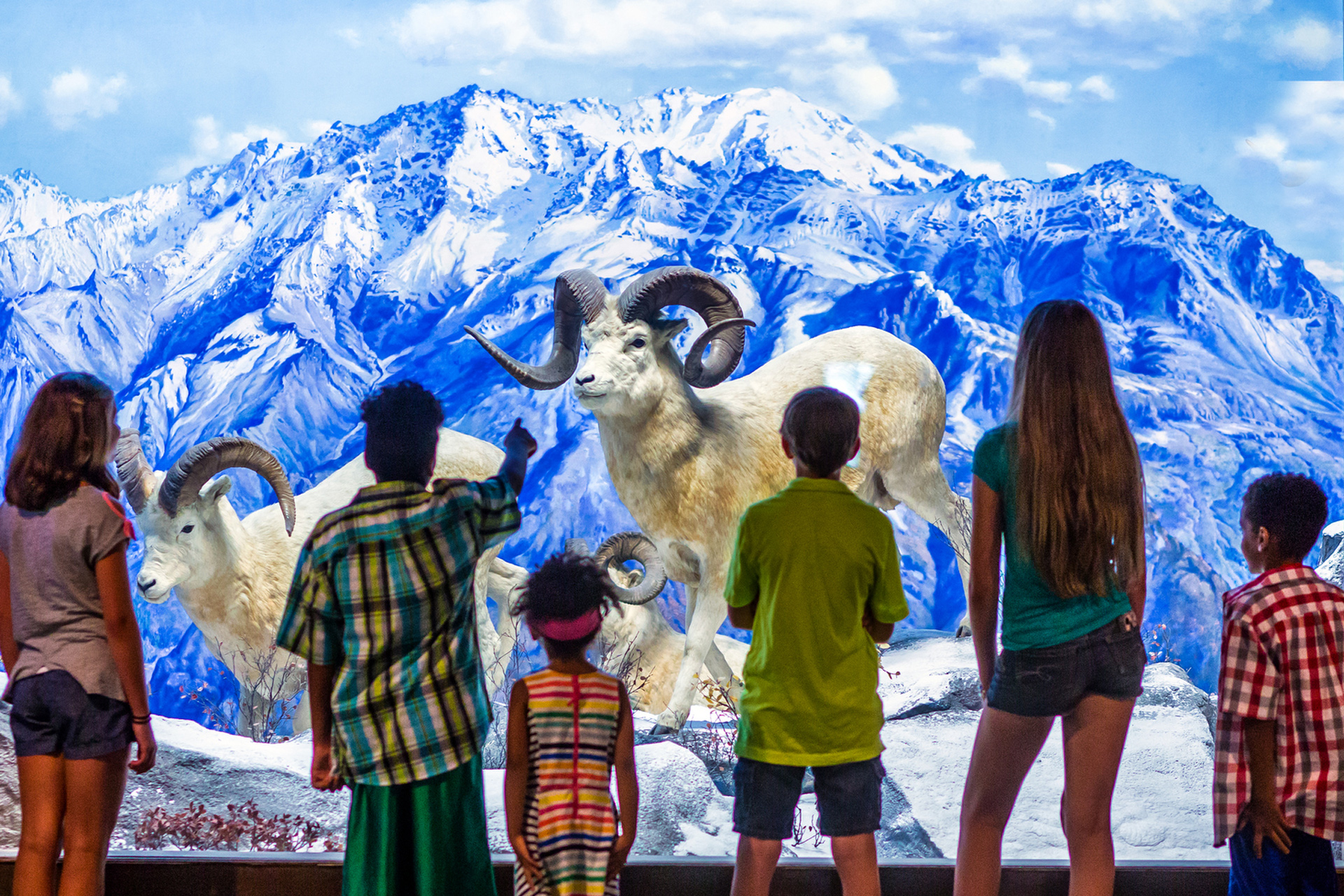
Young visitors observe a diorama of Dall’s Sheep in their natural habitat. Image- Jeff Fusco, Courtesy of ANS
Hosted by AIANY/DVDL, Sponsored by Microsol Resources
